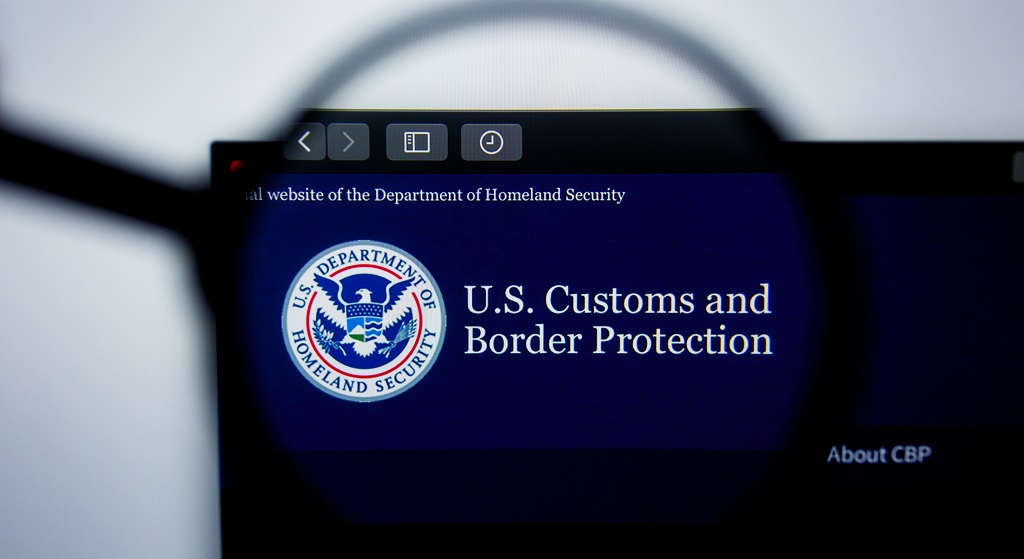Corruption within U.S. Custom and Border Protection’s workforce often has been hidden behind bureaucratic red tape. But what was once shrouded in mystery is now plainly available—on CBP’s own website.
CBP has developed a “Transparency and Accountability” page designed to share information about CBP-related deaths, use of force incidents, and other incidents resulting in serious injuries. The agency’s website also includes information about methods for reporting CBP misconduct to oversight offices like CBP’s Office of Professional Responsibility (OPR) and the Office of the Inspector General. It also houses links to policies, including those that govern OPR’s oversight functions as well as CBP policies regarding immigrants in its custody. One policy, for instance, addresses CBP’s policies and protocols related to children born in CBP custody or at a CBP facility.
The page also includes information about OPR investigations. The OPR plays an oversight and accountability role within CBP and is charged with investigating allegations of corruption and misconduct. The most recent OPR investigative report shared on the page, Corruption in CBP: A Retrospective Study of Cases, summarizes findings from a multi-year study examining the prevalence of corruption within CBP.
Defining corruption as “criminal activity involving the misuse of official position for personal gain,” the report described how corruption typically manifests within CBP:
- Providing sensitive information to criminal organizations
- Facilitating smuggling of drugs and humans
- Harboring undocumented noncitizens
- Committing fraud
- Querying law enforcement databases for unofficial purposes
- Stealing property and funds
To gain a deeper understanding about how corruption occurs within CBP, OPR examined 173 cases of individuals who were convicted or entered guilty pleas for engaging in criminal activity involving corruption. All of the employees were arrested or indicted between October 1, 2004 and September 30, 2017. The review identified common situations among the staff and includes interviews with co-workers and supervisors of the staff involved in criminal activity.
The study’s findings are shocking.
In 69% of the cases, OPR described the activity as “mission compromising corruption,” or activity in opposition to CBP’s mission to protect the border and national security. Examples include straw purchases of weapons—where a person purchases a firearm on behalf of a person who cannot legally purchase a firearm—and querying government IT systems with law enforcement information and then sharing the information with criminal organizations.
The other 31% of cases involved “petty corruption,” defined as less serious activity that involved personal gain but didn’t compromise CBP’s mission. This involved stealing government property, cash, and property of members of the public. It also included fraudulent workers’ compensation claims and housing and mortgage fraud. It also involved the disturbing tactic of accessing law enforcement information contained in government IT systems to gain information about individuals and then to wield influence over them.
The corrupt activity happened in 19 states, D.C. and 3 foreign countries. The largest number of corruption cases occurred in Arizona, but they also occurred in New York and Michigan, states far from the southwest border. Most of the corrupt employees worked as front-line workers as enforcement officers at the border, where they were able to engage in activities such as drug smuggling or releasing sensitive law enforcement information to criminal organizations.
One perhaps unsurprising finding is that many of the corrupt employees already were subject to multiple allegations of misconduct and corruption and were reported to oversight agencies prior to the allegations leading to their arrests.
Another finding revealed that employees involved in petty corruption often acted alone to enrich themselves, while those involved in mission compromising corruption often coordinated with others, including other CBP employees.
One telling finding was that CBP officials did not often initiate an investigation with respect to their co-workers. Despite having misgivings about colleagues and suspecting colleagues engaged in illegal behavior, CBP employees rarely reported these concerns to OPR. Most cases were investigated because of information provided by informants, the CBP employee was identified in another law enforcement agency’s investigation, a member of the public saw the illegal activity, a person knew the employee, or a person was the victim of the activity.
Highlighting incidents of corruption on CBP’s own webpage is a helpful way for the public to track and better understand the ways that corruption takes shape and whether or not meaningful accountability exists within the agency. It is clear that oversight agencies like OPR must continue to diligently investigate CBP employees’ behavior and trends in corruption and not rely on employees to report allegations of misconduct.
FILED UNDER: Customs and Border Protection













